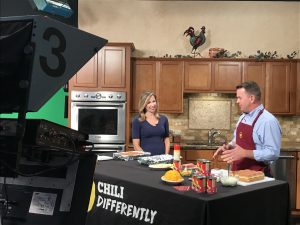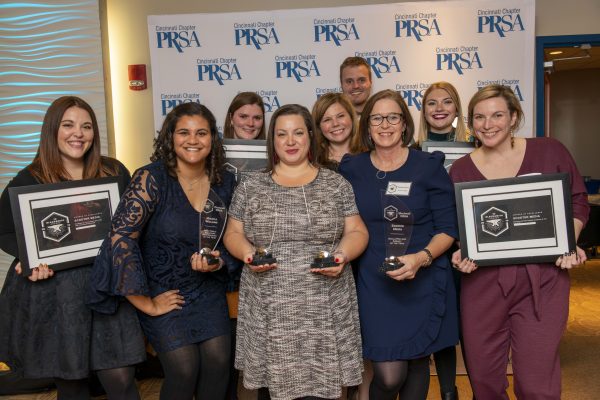Congratulations! You’ve landed that sought-after TV interview. Now, the important work of prepping for your appearance starts. According to Variety, local TV news is consistently one of the most trusted forms of news, so it’s important for any organization to get it right when it comes to preparing for a live in-studio or taped and edited segment.
We’ve compiled our top tips to help you prepare for this big opportunity so you’re ready to go when the big day comes.
Confirm the Details
 Make sure you confirm all the details with the media outlet. Things to keep in mind include:
Make sure you confirm all the details with the media outlet. Things to keep in mind include:
- Time you need to arrive for the interview/segment
- When it will air or what time you’ll be on live
- Location, driving directions and how to enter the building
- Contact information for a producer in case of a last-minute change
If you’re demonstrating a product, be sure you connect with the producer to ensure your demo is feasible. If you’re live in-studio, always confirm the length of the segment. A booking memo to share with both producers and anyone appearing on-air is a good way to ensure everyone’s on the same page.
Think About Your Appearance
… Your physical appearance, that is. Does it make sense to be in a company-branded shirt or something with the company logo on it? Should you wear a suit? Take a minute to think about what kind of outfit best suits the topic you’re discussing. A chef going on-air for a cooking segment should wear a clean chef coat with the company logo, if possible. A source for a business-related story should dress professionally or perhaps in a polo with the company logo. The two most important things to remember for appearing on TV: avoid small, busy patterns and green clothing (or you risk becoming a floating head against a green screen!).
Small things are important, too – men should be freshly shaved or with facial hair clean and neat. Ensure there are no stains or holes in clothing, that your hands are clean, and that your hair and makeup (if using) are polished and professional. Necklaces and other noisy jewelry should be taken into consideration – microphones are clipped at to the top or front of your shirt, so don’t wear anything that might interfere, and anything that makes noise when you move should be removed prior to taping or going on-air.
 Don’t forget to think about how things will appear to viewers. During an in-studio appearance, consider what kind of display you should have. Whether it’s a few other finished dishes that are plated on the counter or other products to show, make sure you have enough to give the cameras something to use. If the cameras are coming to you, be sure to pick an environment that’s the right fit for the interview topic. Be sure to send photos, logos, or b-roll (background video) ahead of time so the producer has time to load it. An interview with a doctor might take place in an exam room; a lawyer could sit in an office, or a story about manufacturing could have the floor in the background.
Don’t forget to think about how things will appear to viewers. During an in-studio appearance, consider what kind of display you should have. Whether it’s a few other finished dishes that are plated on the counter or other products to show, make sure you have enough to give the cameras something to use. If the cameras are coming to you, be sure to pick an environment that’s the right fit for the interview topic. Be sure to send photos, logos, or b-roll (background video) ahead of time so the producer has time to load it. An interview with a doctor might take place in an exam room; a lawyer could sit in an office, or a story about manufacturing could have the floor in the background.
Plan What You Want to Say
It’s important to think about the most important things you want to be sure to get across. Developing a list of talking points is key to successful preparation. Do a few dry-runs with someone else playing the part of the TV reporter and time the conversation so you know how long your segment really is – bonus points if you record it and watch the replay to see where you can improve. Practice does make all the difference. If you’re demonstrating a dish or product, do rehearsals where you demonstrate in the time allotted.
These simple tips can make the difference between a home run TV appearance and a flop. Take the time to prepare each aspect, and you’re sure to have an all-star segment that will be a hit for your organization.
About Scooter Media
Scooter Media is a full-service communications agency in greater Cincinnati specializing in public relations and social media. If you’re a PR pro looking for more tips, don’t miss our tips for making the most out of your PR placement, as well as our guide to making sure your next photo shoot is a success.


